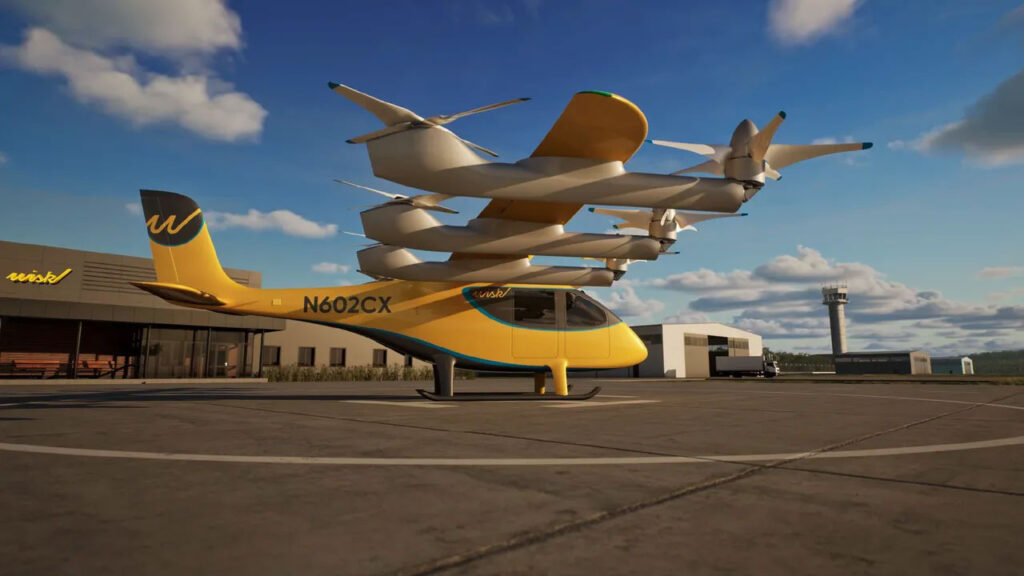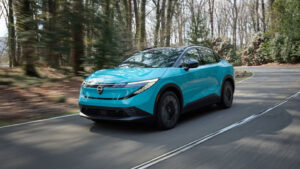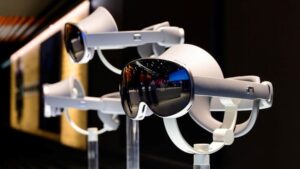Wisk Aero Bolsters Autonomous Air Taxi Development with SkyGrid Acquisition

Wisk Aero, the electric flying taxi subsidiary backed by aerospace giant Boeing, has significantly enhanced its capabilities by integrating SkyGrid as a new subsidiary. SkyGrid, also a Boeing-supported entity, is poised to provide Wisk with critical technologies aimed at improving real-time situational awareness and refining decision-making processes for its autonomous aerial vehicles.
This strategic move underscores Wisk’s unwavering commitment to bringing self-flying taxis to the U.S. market, navigating the stringent certification requirements set by the Federal Aviation Administration.
This collaboration is a key step in Wisk’s ambitious goal of developing Automated Flight Rules, which are essential for seamlessly integrating autonomous flying vehicles into the national airspace.
Sebastien Vigneron, Wisk’s CEO emphasized that by combining Wisk’s aircraft autonomy technologies with SkyGrid’s established airspace automation capabilities, they are accelerating the path toward safer and more efficient air travel. This vertical integration is vital as the company aims to move beyond piloted air taxis, which are anticipated to enter the U.S. market sooner, towards fully autonomous operations.
Wisk’s commitment to pioneering autonomous aviation extends to its ongoing partnership with NASA. The company recently solidified a five-year collaboration agreement with the space agency to help define industry standards for autonomous flying vehicles within the National Airspace System.
This work builds upon existing research from NASA’s Air Traffic Management Exploration project, which focuses on advancing autonomous aircraft under Instrument Flight Rules. Furthermore, Wisk’s earlier acquisition of Verocel, a seasoned software verification and validation company, strengthens its ability to meet the rigorous certification demands for high-integrity aerospace software.
While pilotless flying vehicles are already operational in countries like China, Wisk’s efforts with NASA are geared towards establishing U.S. leadership in automated aviation. Their joint research, leveraging advanced simulation and Live Virtual Constructive flight environments, will focus on developing crucial air traffic control communication protocols and procedures for integrating Urban Air Mobility (UAM) vehicles. Wisk’s four-person vertical takeoff and landing aircraft, designed with a 50-foot wingspan, is envisioned to cruise at speeds up to 135 mph, signifying a tangible step towards a future where autonomous air travel reshapes urban transportation.







